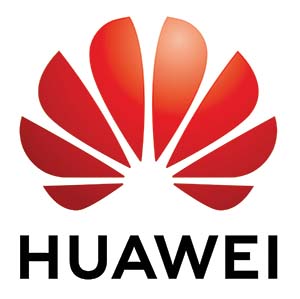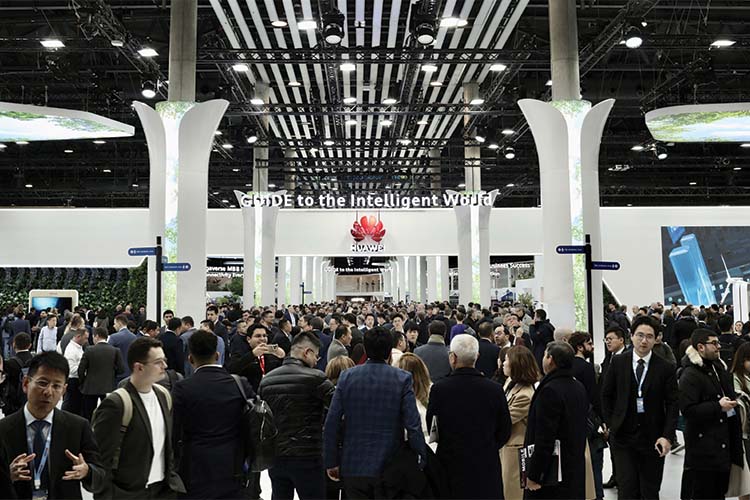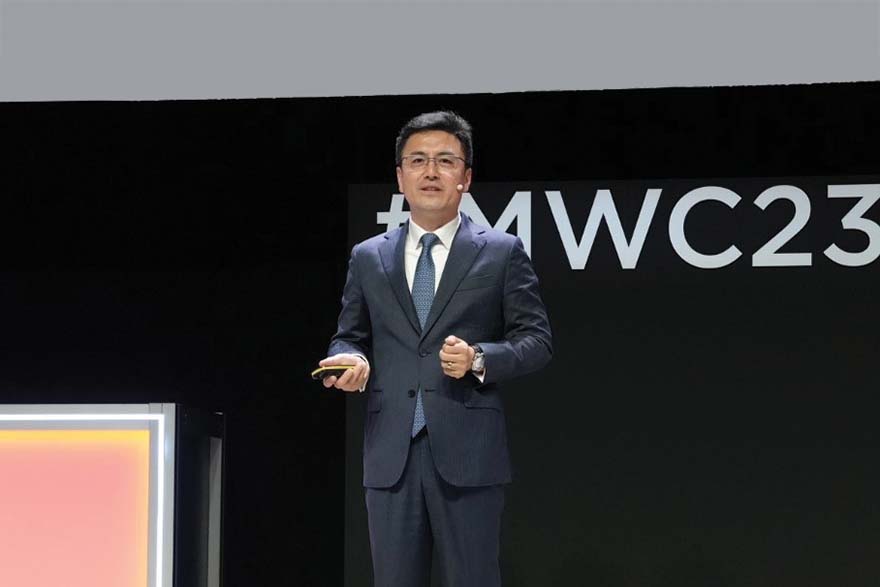By year’s end 2022, the 5G network was being used by more than a billion people worldwide. Although the transition from 4G to 5G technology is still unfolding in many countries, the mobile industry is already well underway in preparing for 5.5G, which will be up to 10 times faster, with up to 10 times the range of connections and tenfold greater sustainable in terms of CO2 emissions
Huawei has been working since July 2022 on the planning and implementing of 5.5G networks, which represent an intermediate step to 6G and which had their most important solutions showcased in Barcelona recently, during Mobile World Congress (MWC) 2023, the world’s largest mobile communications trade fair.

By examining a cross-section of the state of 5G availability globally, research conducted by company Ookla [For the Q3-Q4 2022 period in the world’s 40 most developed cities with 5G networks] reveals that Huawei has played a vital role in building 5G networks in the world’s Top 10 most important cities. The networks constructed by this Chinese company in these cities were rated as the networks with the best user experience, while they will be the first to receive an opportunity to advance their solutions with new ones.
GUIDE TO THE INTELLIGENT WORLD
During MWC 2023, Huawei held meetings with the biggest operators, industry partners and key leaders from around the world to discuss the GUIDE to the Intelligent World initiative. This crucial topic will serve to lay the foundations for 5.5G networks and upgrade the existing 5G ecosystem.
It is interesting to note that 5.5G has its own five most important advantages, such as: 10 Gbps standard, full interconnection, integrated communication and detection, L4 networks for autonomous vehicles and green ICT.
Next-generation networks will bring more value to everyone and enable the creation of a truly open digital economy, explained Richard Liu, president of the Huawei Cloud Core Network Product Line.

“Consistent and significant investments in ICT infrastructure stimulate growth within the digital economy. Indeed, a third-party report reveals that as new networks pass from one generation to the next, this is reflected in a 15% amplification in the digital economy. With a look to the future, therefore, the ‘GUIDE’ initiative, which combines 5G and 5.5G, can clearly illustrate both the direction that ICT progress will take and the value associated with it. Together with customers and partners, Huawei will continue to innovate, bringing intelligent connectivity everywhere and redefining computing,” said Liu.
5.5G WILL BE 10 TIMES BETTER THAN 5G NETWORKS
Technological innovations in the era of 5.5G networks will provide operators, users and businesses with a tenfold increase in network performance compared to 5G, specifically:
– 10 times faster: users of mobile and home broadband services will enjoy increased speeds from one Gbit/s to 10 Gbit/s;
– 10 times more simultaneous connections: passive IoT technology (Internet of Things) enables an increase in the number of connected things from 10 billion to 100 billion;
– 10 times more deterministic: there will be a tenfold improvement in latency, positioning accuracy and network reliability
– 10 times higher energy efficiency: CO2 emissions per terabyte of data transferred on a mobile network will be reduced by as much as 10 times
– 10 times more intelligent: Autonomous Driving Networks (ADN) will be upgraded from level 3 to level 4 autonomy, with 10 times more efficient network O&M.
People will use the new networks to access the Metaverse and other virtual systems, while some things that will become everyday norms include 3D online shopping centres, 24K VR gaming, watching videos in a 3D environment free of the need for special glasses, while a common feature of all of them will be the ability for us all to “immerse” ourselves in the digital world like never before, according to all standards of new digital infrastructure.
